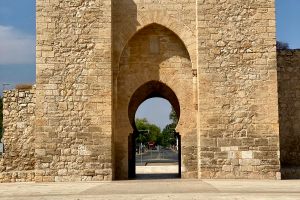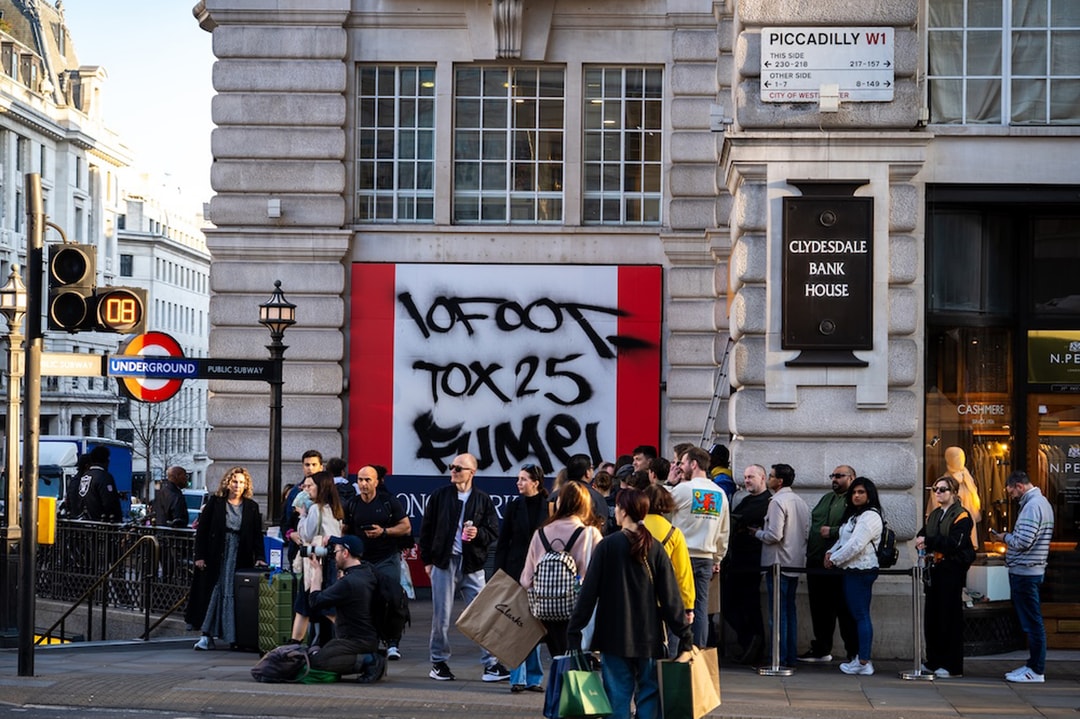Puerta de Toledo in Ciudad Real, Spain
The Puerta de Toledo in Ciudad Real is a remarkable vestige of 13th and 14th century military architecture. This historic gate was commissioned by King Alfonso X the Wise and completed during the reign of Alfonso XI in 1328. It is the only remnant of the seven entrances that once fortified the city walls. Over the centuries, it was transformed from a defensive post into a customs gate on the important trade route between Toledo and Seville The gate is an example of the fusion of Gothic and Mudejar styles. Its structure consists of finely cut masonry blocks that were probably carved by at least seven different stonemasons. The central section, flanked by two imposing rectangular towers, features intricate architectural details, including pointed and horseshoe arches—hallmarks of Hispano-Muslim craftsmanship. The interior features two vaulted chambers, which were originally separated by a portcullis. Coats of arms of Castile and León adorn the keystones. Other elements include the stone shield on the north façade, which commemorates Alfonso X, and the southern inscription in red Gothic letters, which marks the completion of the gate. Although the original battlements have disappeared, restoration work has uncovered four carved busts in the interior vaults, which provide deeper insights into the building’s medieval origins. In 1915, the Puerta de Toledo was designated as a national monument.


The Puerta de Toledo in Ciudad Real is a remarkable vestige of 13th and 14th century military architecture. This historic gate was commissioned by King Alfonso X the Wise and completed during the reign of Alfonso XI in 1328. It is the only remnant of the seven entrances that once fortified the city walls. Over the centuries, it was transformed from a defensive post into a customs gate on the important trade route between Toledo and Seville
The gate is an example of the fusion of Gothic and Mudejar styles. Its structure consists of finely cut masonry blocks that were probably carved by at least seven different stonemasons. The central section, flanked by two imposing rectangular towers, features intricate architectural details, including pointed and horseshoe arches—hallmarks of Hispano-Muslim craftsmanship. The interior features two vaulted chambers, which were originally separated by a portcullis. Coats of arms of Castile and León adorn the keystones.
Other elements include the stone shield on the north façade, which commemorates Alfonso X, and the southern inscription in red Gothic letters, which marks the completion of the gate. Although the original battlements have disappeared, restoration work has uncovered four carved busts in the interior vaults, which provide deeper insights into the building’s medieval origins.
In 1915, the Puerta de Toledo was designated as a national monument.


































































-Baldur’s-Gate-3-The-Final-Patch---An-Animated-Short-00-03-43.png?width=1920&height=1920&fit=bounds&quality=70&format=jpg&auto=webp#)






























































































































































































